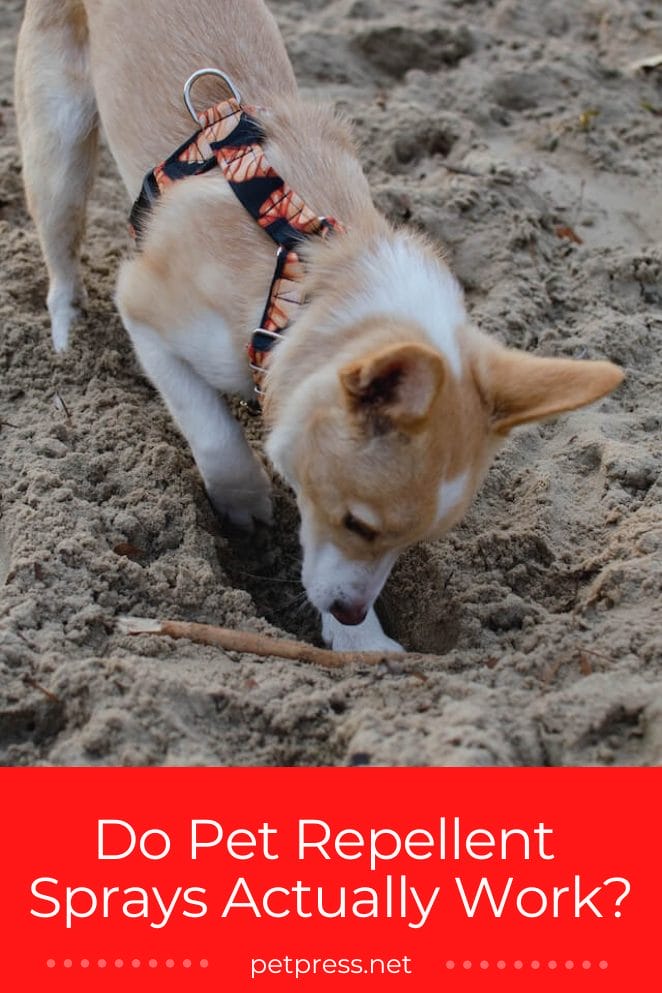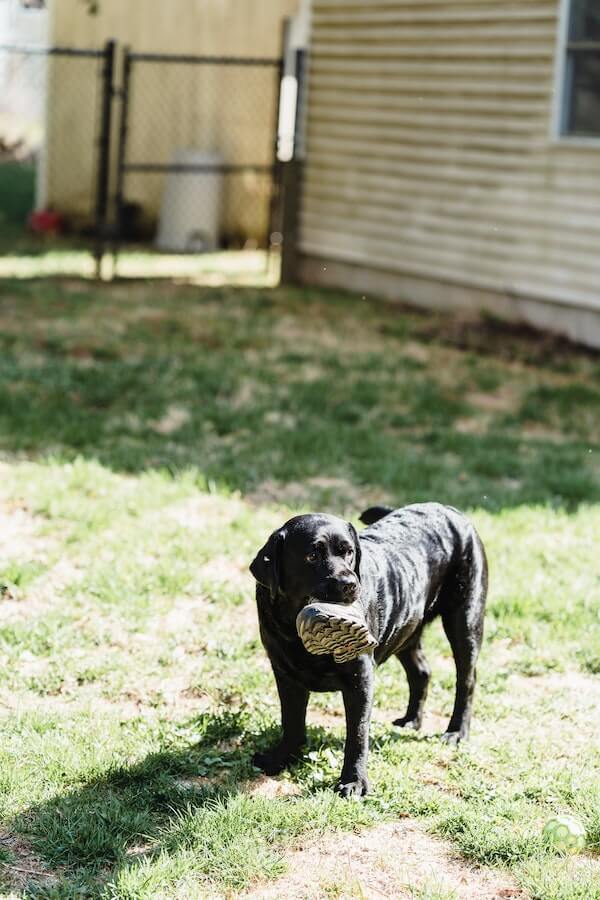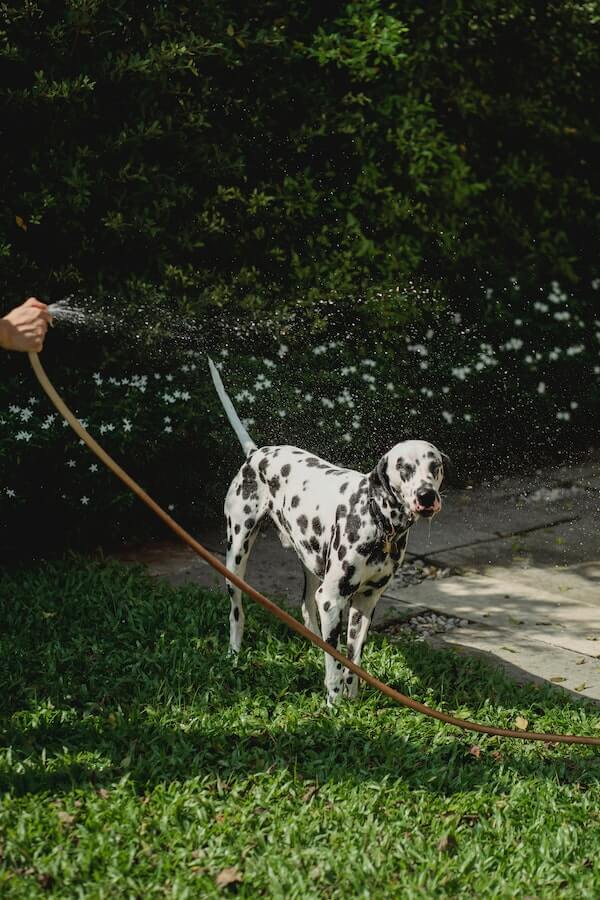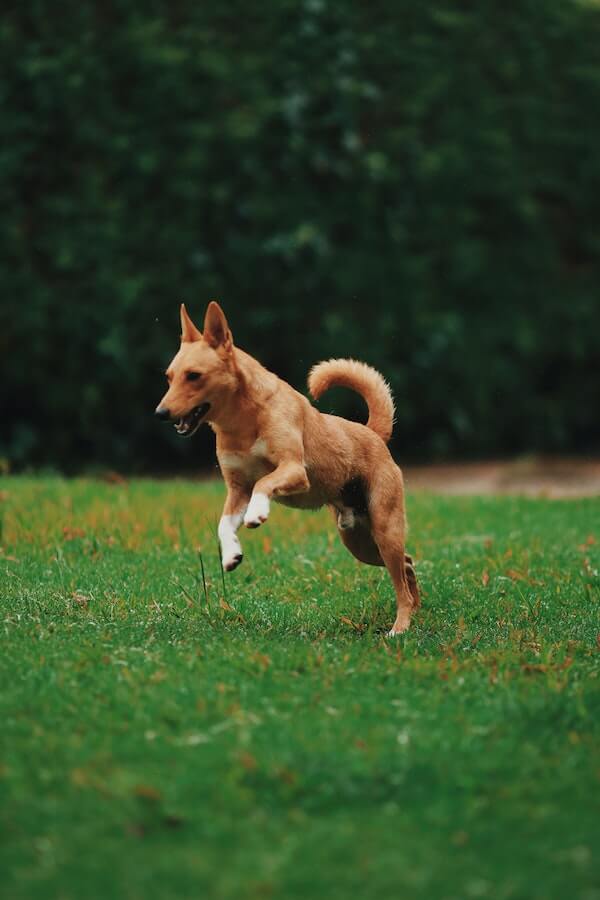
From cats scratching up your furniture to dogs digging holes in the garden, it seems like pets can sometimes be a nuisance. But do pet repellent sprays actually work to keep them away?
Read on to find out about how they work and if they are right for you!
What is pet repellent and how do they work?
Do you ever find yourself wondering if pet repellent sprays are worth the money and effort? After all, it seems like a quick fix to controlling bad behavior in our pets. But, do pet repellent sprays actually work?
In short, yes—pet repellent sprays can be an effective way to deter bad behavior in our furry friends.
These types of products typically contain natural ingredients that emit unpleasant odors or tastes, as well as other substances that your pet may find irritating.
When these scents and flavors are present, most animals will shy away from whatever surface has been sprayed with the repellent.
This means that pet owners can use them to train their pets from engaging in activities like chewing furniture or scratching carpets.
It’s important to keep in mind that pet repellent products should only be used as a form of temporary deterrence—they are not meant to replace proper training and discipline.

Do pet repellent sprays actually work?
The answer to this question is dependant on various scenarios and real-life cases.
The active ingredients in pet repellent sprays are typically either pungent smells (e.g., citronella or essential oils) or unpleasant tastes (e.g., bitter apple).
These ingredients are designed to deter animals from entering or remaining in an area by triggering negative associations with the location.
Because different animals have different levels of sensitivity, and because individual preferences vary, results may differ depending on which product you use and how it’s applied.
Some studies suggest that cats may respond positively to certain essential oils while dogs may be deterred by them.
If you’re trying to keep cats away from your garden, a citronella-based product might be more effective than a bitter apple spray.
On the other hand, if you need to stop dogs from digging up your lawn, then bitter apple might do the trick.
Furthermore, although certain animals might exhibit an initial adverse reaction to the repellents, over time they can adapt and no longer perceive them as repellent.
This phenomenon is referred to as “habituation.”

Types of Pet Repellent Sprays
Pet repellent sprays can be classified into three categories:
Natural products:
These typically incorporate essential oils such as citronella, oregano, or eucalyptus. These ingredients have demonstrated effectiveness in deterring pets. It can also be homemade.
Moreover, they are safe to use around children and pose no harm if accidentally ingested.
Nevertheless, it is worth noting that natural products may be less potent compared to other types of sprays. Also, they might require more frequent reapplication.
Synthetic chemical product:
This type of spray usually contains active ingredients such as methyl nonyl ketone or capsaicin. They have been designed to irritate the nose and skin of animals but are harmless to humans.
These products are typically more effective than natural sprays and have a longer-lasting effect. They are dangerous to use around children and other pets due to their chemical composition.
Mechanical repellent:
This type uses compressed air to propel a fine mist of water or oil-based particles which create an unpleasant sensation for animals and will cause them to move away from the area.
Mechanical repellents are very effective. But, they can be noisy and must be used with caution around other animals and people.

How To Use A Pet Repellent Spray
When it comes to using a pet repellent spray, there are some dos and don’ts you need to keep in mind.
Do:
- Test the repellent on an inconspicuous area before spraying anything around your house or outdoors. Depending on the product, this could be a fabric swatch or another patch of material that won’t be seen easily. You don’t want any discoloration or staining of your furniture or walls!
- Read all instructions carefully before use. Some products may require a certain amount of time between application and when pets can reenter the area. Make sure these directions are followed precisely for maximum effectiveness.
- Use protective clothing when applying the product. It’s best to wear gloves, a long-sleeved shirt, and eyewear when handling these products or applying them to the area.
- Monitor the repellent spray’s effectiveness over time. If it’s not working as intended, it may be necessary to apply additional applications of the product or switch to another pet repellent altogether.
Don’t:
- Don’t use the repellent directly on your pets! They should be applied to areas that you wish to keep your pets away from.
- Don’t let children handle or play with any type of pet repellents. Make sure they know which areas have been treated and keep them away from these areas.
- Don’t use the product in areas where food is prepared or stored. Even if no contact occurs between the repellent and food, it’s best to keep these products away from any area that comes into contact with food.
- Don’t apply too much of pet repellent. If you overapply, it won’t be nearly as effective and could cause unwanted damage to your furniture or walls.
Final Thoughts
In conclusion, pet repellent sprays can be effective in some situations. With the proper use of pet repellents, you may be able to keep your furry friends from wreaking havoc on your home.


GIPHY App Key not set. Please check settings